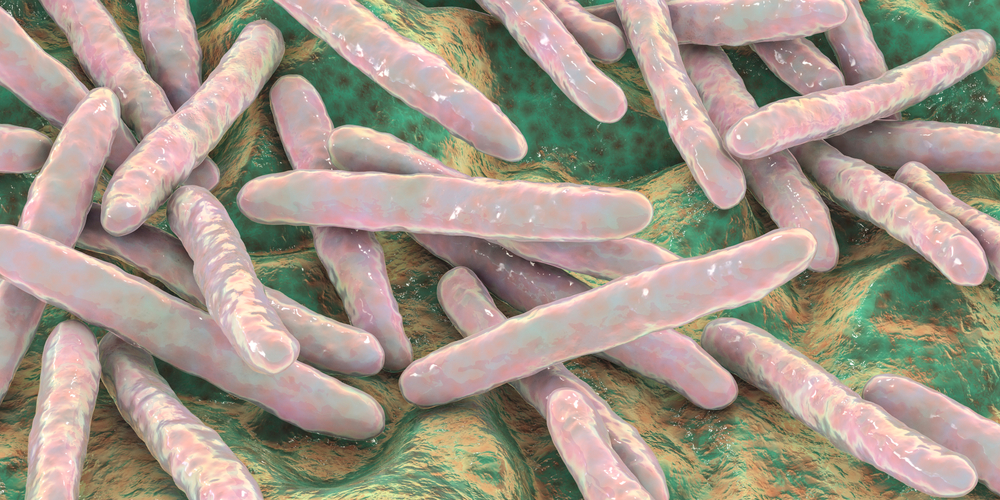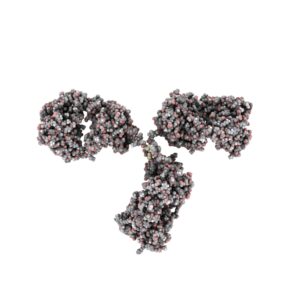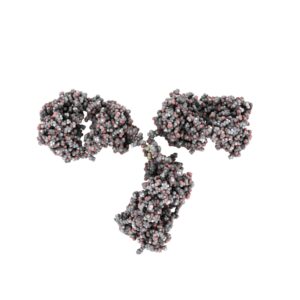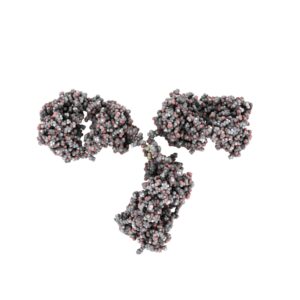ESCHERICHIA COLI O145:H2 CELLS, HEAT-INACTIVATED
Heat-killed Escherichia coli O145:H2 cells in dextran solution. Antigen is intended for use as a positive control in immunoassay development for E. coli detection.
PRODUCT DETAILS – ESCHERICHIA COLI O145:H2 CELLS, HEAT-INACTIVATED
- Escherichia coli O145:H2 cells, genus specific in dextran solution.
- Part of the BacTrace® range of antigens and antibodies.
- This product is ideally suited for use as a positive control in immunoassays designed for the detection of E. coli. It provides verification of the functionality of the assay system.
- Product is considered non-hazardous as defined by The Hazard Communication Standard (29 CFR 1910.1200).
BACKGROUND
E. coli was first described in 1885 by Theodor Escherich, an Austrian paediatrician, who called it Bacterium coli commune to reflect its universal occurrence in the faeces of healthy individuals (Escherich 1885). In 1939 the relationship between E. coli and infantile diarrhoea was confirmed (Bray 1945). Serotyping based on the somatic lipopolysaccharide or ‘O’ antigen and the flagella or ‘H’ antigen, helped distinguish the serogroups most likely to be associated with the disease (Kauffmann 1947), which included a set of O serogroups, notably O26, O55 and O111 (Ewing et al. 1963). Shiga toxin-producing Escherichia coli (STEC) are an important cause of haemorrhagic colitis and the diarrhoea-associated form of the haemolytic uraemic syndrome. Of the numerous serotypes of E. coli that have been shown to produce Shiga toxin (Stx), E. coli O157:H7 and E. coli O157:NM (non-motile) are most frequently implicated in human disease (De Boer & Heuvelink, 2000). Human infections with Enterohaemorrhagic Escherichia coli strains (EHEC) as agents of Haemorrhagic Colitis (HC) and Haemolytic Uraemic Syndrome (HUS) are frequently associated with the consumption of EHEC contaminated foodstuffs of different origins. EHEC O26, O103, O111, O118, O121, O145 and O157 strains are responsible for the majority of HC and HUS cases worldwide. Non-O157:H7 STEC (Shiga toxin-producing E. coli), including E. coli O145 causes illnesses similar to those triggered by O157:H7 STEC due to production of Shiga toxin. Although most reported STEC cases are caused by O157:H7, a large number of non-O157 cases are often misdiagnosed or unreported due to poor identification methods and epidemiological surveillance.
REFERENCES
- De Boer E, Heuvelink AE. Methods for the detection and isolation of Shiga toxin-producing Escherichia coli. Symp Ser Soc Appl Microbiol. 2000;(29):133S-143S.




